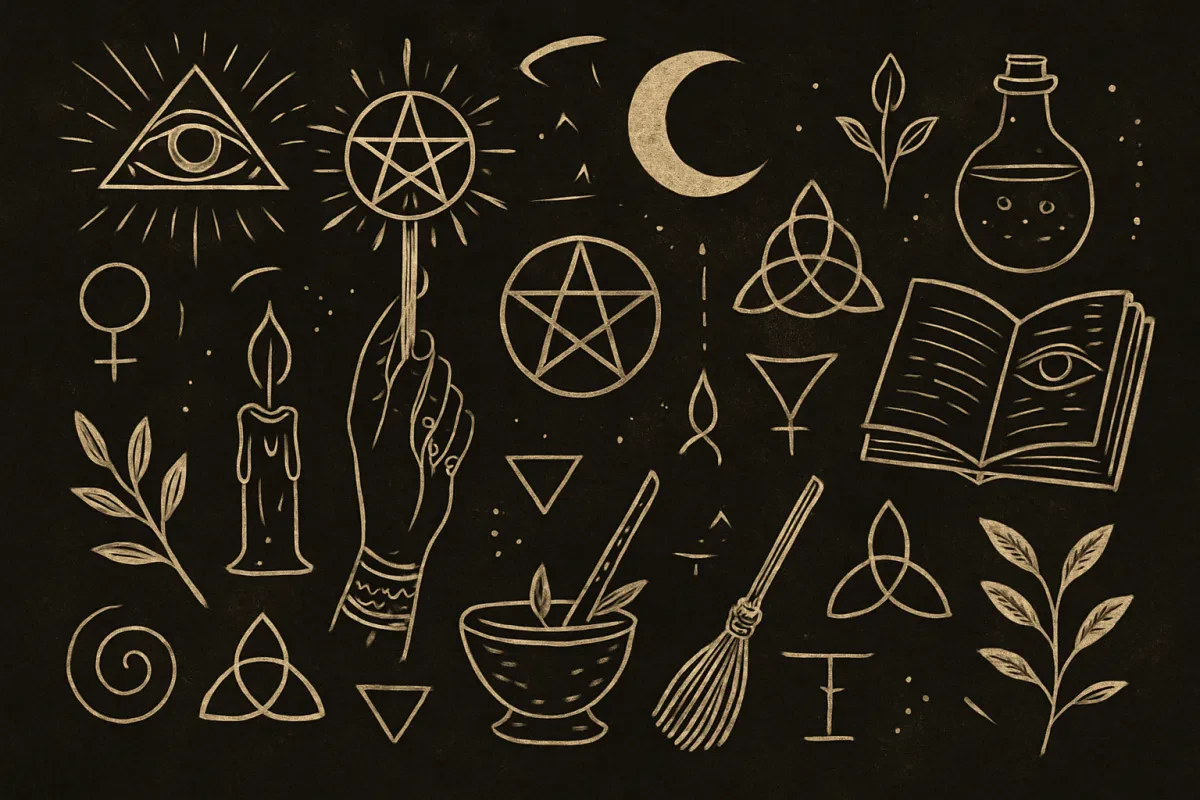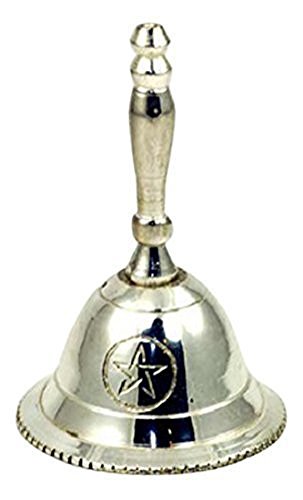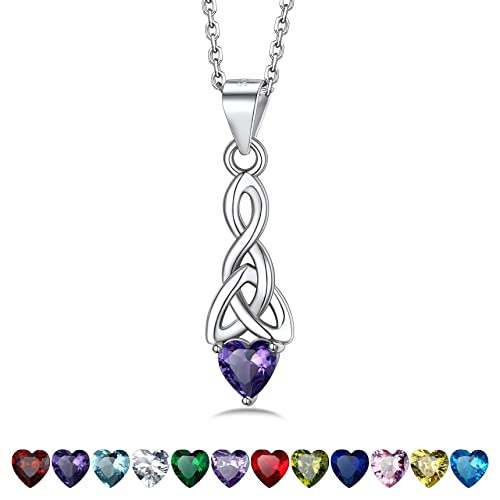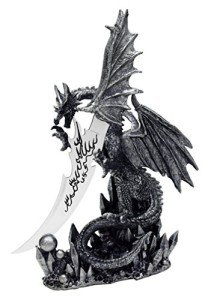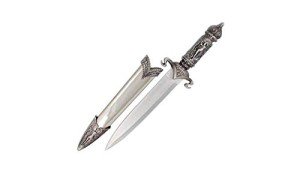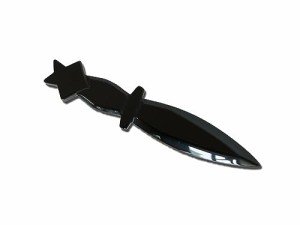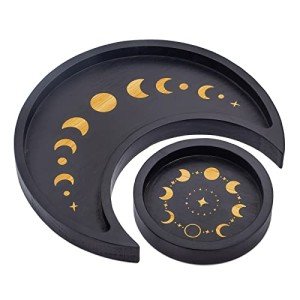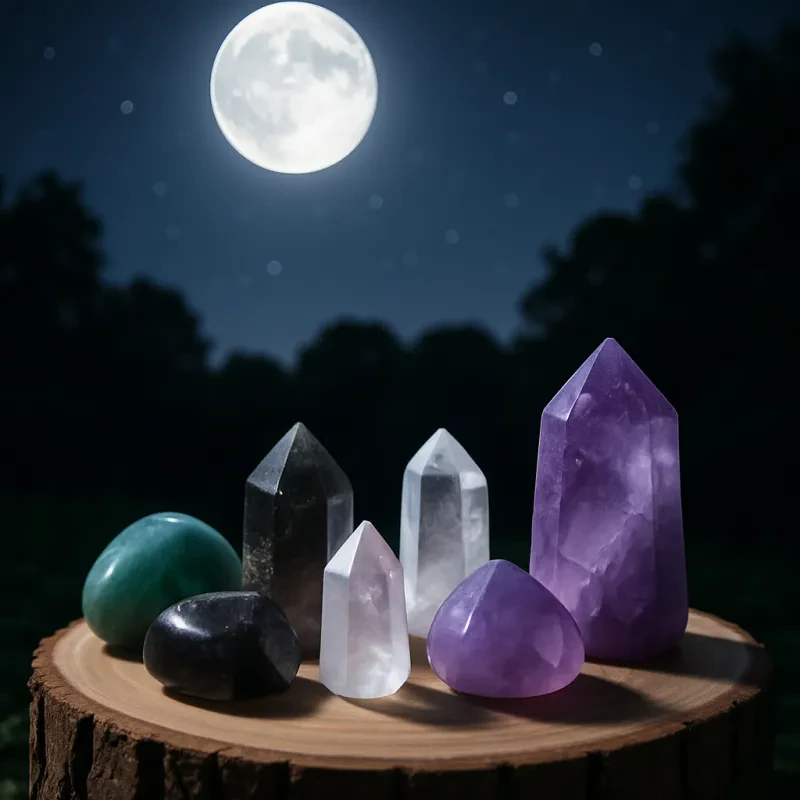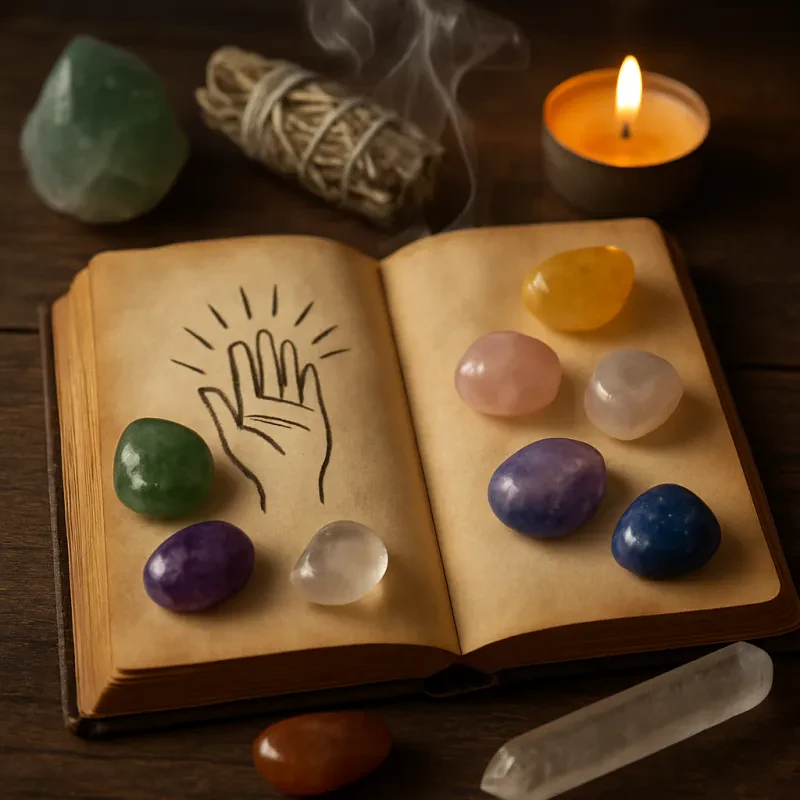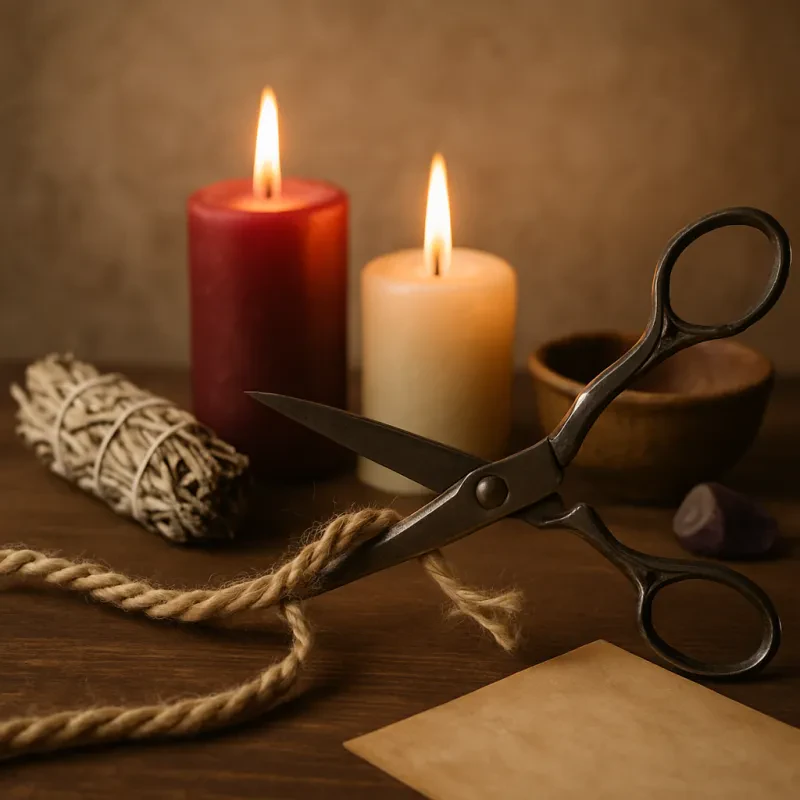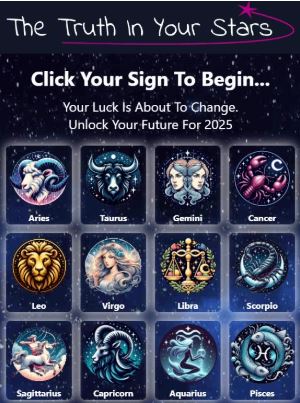Witchcraft symbols have been used for thousands of years to channel energy, honor deities, and protect practitioners. Pagan designs and Wiccan imagery act as reminders of our connection to nature, the elements, and the divine. Today’s witches and wizards still use these symbols during rituals, spellwork, or meditation, carrying on traditions that stretch back through the ages. This guide explores the most recognized witchcraft symbols, their meanings, and how they can be used in modern Wicca and magick.
What Are Witchcraft Symbols?
At their core, witchcraft symbols are visual keys that help focus intention. Many align to the five elements—earth, air, fire, water, and spirit—while others honor the cycles of nature or specific deities. Used respectfully and with clear intent, they can amplify protection, clarity, and manifestation. Symbols also work as a shared language within the magical community, allowing practitioners across cultures and centuries to connect through imagery and meaning.
The Most Recognized Witchcraft Symbols
The Pentagram / Pentacle
The pentagram is formed by five points, representing Earth, Air, Fire, Water, and Spirit. Enclosed within a circle (the pentacle), it symbolizes unity and protection. This symbol is one of the oldest in magical practice and has appeared in cultures from Mesopotamia to modern Wicca. Traditionally: • Gold pentacles align with the Sun (strength, vitality). • Silver pentacles align with the Moon (intuition, protective grace). Historically, the pentagram has appeared in cultures worldwide, from Mesopotamia to Christianity and modern Wicca, according to Britannica.
Altar Bell with Pentagram Design
Create a serene atmosphere during your rituals with this beautifully designed altar bell
Product information
€17.60
Product Review Score
4.49 out of 5 stars
98 reviewsProduct links
The Infinity Ovals
The interlocking ovals of infinity represent the eternal cycle of life—past, present, and future. The design has ancient roots and appears in Viking-era adornments alongside Thor’s hammer. Today, it represents harmony, balance, and continuity. It reminds practitioners that energy is never destroyed, only transformed, making it a fitting symbol for ritual circles and protective talismans.
The Septagram (Seven-Pointed Star)
Also called the heptagram, the seven-pointed star connects to celestial order. Each point may be associated with a day of the week and a classical heavenly body. In ritual, practitioners can focus on a point to attune to a particular planetary or elemental current. Some also use the septagram as a bridge between the earthly and the divine, as the number seven has deep spiritual associations across many cultures.
Wicca vs Witchcraft Symbols
Many symbols overlap between witchcraft and Wicca, but some emphasize deity alignment:
- Horned God (Cernunnos): A circle topped with upward crescent horns, honoring wild nature, cycles, and masculine energy.
- Triple Moon Goddess: Waxing, full, and waning moons representing the divine feminine, birth–life–death, and cyclical wisdom.
The Triple Moon is central to many Wiccan traditions, which emphasize cycles of life and nature according to the BBC’s guide to Wicca. Used together with the Horned God, the symbols embody balance between complementary forces. Practitioners often wear or display both on their altars to reflect harmony between masculine and feminine energies.
Other Witchcraft Symbols and Their Meanings
Abracadabra
Far from stage magic alone, “Abracadabra” has been used as a protective charm for nearly 2,000 years. Roman physician Serenus Sammonicus recorded its use in the 2nd century CE, prescribing the word written in a triangular formation on parchment. As the word was shortened line by line, it was believed to diminish disease or misfortune. In modern witchcraft, the symbol is sometimes inscribed on amulets or candles to ward off negativity. Its survival from ancient Rome to modern fantasy illustrates the enduring power of words as symbols in themselves.
Celtic Knots
Celtic Knots are endless loops without beginning or end, found carved into stone crosses, illuminated manuscripts, and jewelry dating back to early Celtic culture. Their interwoven patterns represent eternity, interconnectedness, and the cyclical nature of life. In witchcraft, Celtic knots are often incorporated into protective charms and ritual tools. Practitioners see them as barriers against harmful forces, their complexity confusing or repelling negative energies. Knot magic—tying, weaving, or braiding cords during ritual—also stems from this symbolic tradition, blending artistry with intention.
Celtic Knot Gem Necklace with Amethyst Crystal
A beautiful Celtic Knot Gem Necklace showcasing an enchanting Amethyst Crystal
Product information
€20.32
Product Review Score
4.16 out of 5 stars
114 reviewsProduct links
Devil’s Snare
The Devil’s Snare is a spiral of Hebraic script designed to entrap hostile entities within its coils. Historically, talismans inscribed with sacred names or verses were believed to create a labyrinth for evil spirits, preventing them from reaching their target. In modern practice, the Devil’s Snare serves as both a binding and a protective charm. By incorporating sacred text, it merges the written word with visual design, embodying the magical principle that symbols and language can directly influence energy. It’s often linked to binding spells, where harmful intent is contained and neutralized.
Eye in the Triangle
The Eye in the Triangle, also called the All-Seeing Eye, has appeared in mystical traditions from Renaissance alchemy to modern Freemasonry. In witchcraft, it is invoked for divine sight and protection, serving as a ward against jealousy, envy, and deception. Jewelry and talismans featuring the symbol are believed to place the wearer under the watch of higher powers. While popular culture often associates it with conspiracy theories, its magical roots emphasize clarity of vision, spiritual awareness, and protective oversight from the divine.
The Griffin 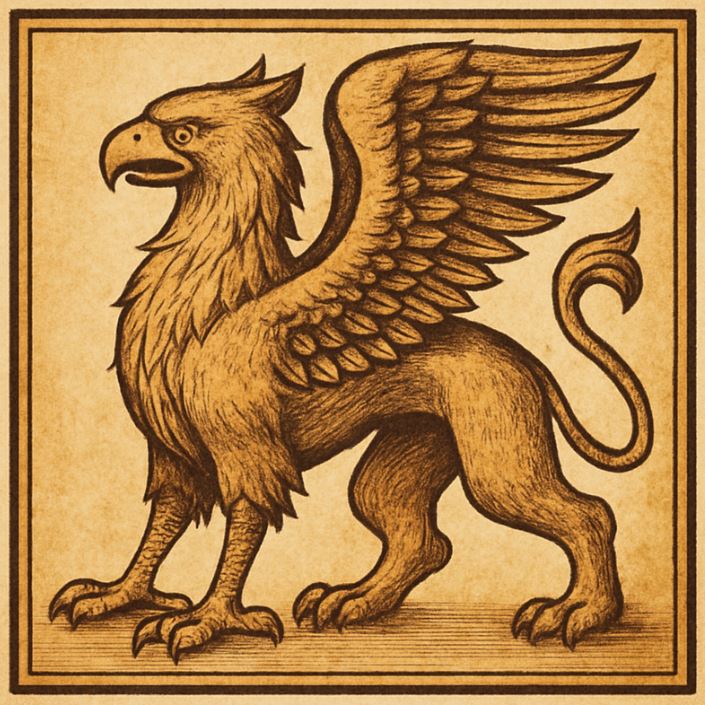
The Griffin—a mythic hybrid of lion and eagle—combines the king of beasts with the king of birds. This dual nature makes it a powerful guardian symbol, representing courage, vigilance, and authority. In magical practice, the Griffin is invoked to protect against psychic attack and to guard sacred spaces. Its presence in European heraldry and myth reflects its long-standing association with guardianship of treasure—both physical and spiritual. Practitioners may visualize the Griffin as a ward at the boundaries of their ritual circle, symbolizing protection and noble strength.
The Archer (Sagittarius)
The Archer, symbol of Sagittarius, represents expansion, focus, and the pursuit of higher truths. In witchcraft, it is often used as a talisman to strengthen willpower and direct energy toward a chosen goal. Some practitioners also see it as protection against “psychic vampires”—those who drain vitality or enthusiasm. Astrological symbols like the Archer link witchcraft to the wider cosmos, reminding practitioners that human energy is part of a larger celestial dance. Incorporating Sagittarius or other zodiac signs into ritual can personalize magical work, aligning it with both universal and individual cycles.
The Wolf
The Wolf has long been a guardian figure in Indigenous North American traditions, representing loyalty, courage, and instinct. In witchcraft, the Wolf is seen as a protector against astral attack and an ally in shadow work. It's howl calls attention to unseen threats, while its pack nature emphasizes community and interdependence. Many witches use wolf imagery in meditation to strengthen intuition, resilience, and guidance through difficult transitions. The Wolf’s dual role as both solitary hunter and communal leader reflects the balance many practitioners seek in their magical lives.
Using Witchcraft Symbols in Modern Practice
These symbols are living tools—carved into ritual tools, worn as pendants, traced in the air, or visualized in meditation. Work with them respectfully and in alignment with white magic principles: protection, healing, prosperity, and the greater good. Incorporating symbols into your magical practice can deepen focus, amplify intention, and connect you to centuries of wisdom and tradition.
See these practical spells that actually work for real-world use.
FAQs About Witchcraft Symbols
What is the most powerful witchcraft symbol?
The pentagram (and pentacle) is among the most powerful, uniting the five elements within a protective circle.
Do witches still use these symbols today?
Yes. Practitioners worldwide use symbols in jewelry, altar tools, sigils, and ritual visualizations to focus intent and channel energy.
What does the Triple Moon Goddess symbol mean?
It represents the waxing, full, and waning moon—honoring the divine feminine and the cycles of life, intuition, and transformation.
Related: Protection Spells • Binding Spells
